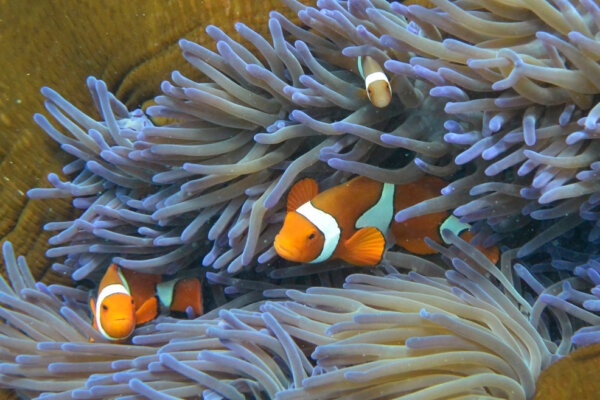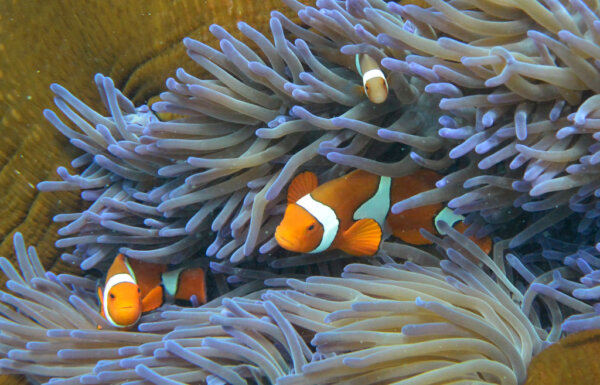
Queensland has expanded the Great Barrier Reef Marine Park by adding 140 islands, protecting more than 14.5 million hectares or 8.39 percent of the state’s total land area. This move aims to enhance the protection of endangered ecosystems and vital habitats before the upcoming election season.
The marine park supports various activities such as fishing, shipping, recreation, and research while safeguarding the reef from harmful activities. The addition of 140 islands or island parts to the protected areas estate will help protect endangered ecosystems and habitats for important species like green and flatback turtles, seabirds, and shorebirds.
The expansion was made possible through the acquisition of leasehold properties, including non-operational leases, and land reserves adjacent to national parks. Additionally, ecologically valuable unallocated state land was transferred to the protected area estate.
Conservationists, like Chris Thomas from the National Parks Association of Queensland Inc., welcomed the move, emphasizing the crucial role of national parks in providing refuge to endangered plant and animal species.
Queensland Conservation Council campaigner Nicky Moffat highlighted the importance of well-funded protected areas in ensuring the health and connectivity of the Great Barrier Reef’s island and coastal national parks.
Queensland’s Minister for the Environment and the Great Barrier Reef, Leanne Linard, announced a significant investment of $262.5 million to acquire critical habitat and further expand the protected areas estate.
The ongoing efforts include the Great Barrier Reef Island Arks project, which complements previous acquisitions like the Spadely Station on Curtis Island, ensuring the protection of vital habitats and species.
Currently, Queensland’s terrestrial protected areas cover over 14.5 million hectares, with plans to include more than 410,000 hectares in the future. The government is also funding the rehabilitation of acquired areas, with projects like the removal of structures on St. Bees Island and the clean-up of Wild Duck Island’s former resort.





